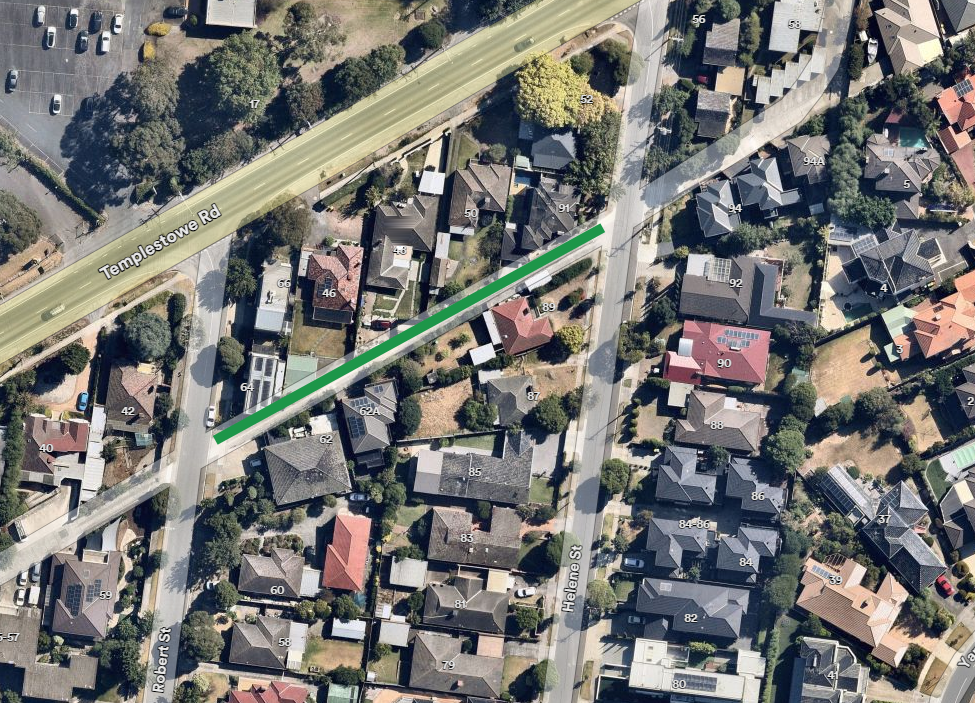The new governor of the Reserve Bank of Australia (RBA), Michele Bullock, is trying to walk a very delicate economic tightrope: rein in inflation by raising interest rates without tipping the economy into recession.

Brakes on: Higher interest rates discourage business and new home borrowing and lead to reduced spending in order to service exisiting loans.
With inflation remaining stubbornly high, Ms Bullock was left with little choice but to deliver the 13th interest rate rise in this cycle and her first as the head of the central bank. Lifting interest rates is a blunt instrument used by central banks around the world to fight inflation.
Higher interest rates discourage borrowing so businesses tend to wind back growth plans and put new investment on hold, funding of new dwellings also decreases. At the same time, people reduce their spending as they either need to dig deep to service their existing loans or, in the case of savers, increase their savings due to a higher return. Reduced spending eases inflationary pressures, making it less likely that interest rates will continue to rise.
Cost of living
In Australia’s case, Ms Bullock made it clear that any progress in taming inflation had been slower than expected, and as a result the official cash rate was raised to 4.35 per cent from 4.1 per cent. The Melbourne Cup rate rise was the 13th increase since May 2022, and the RBA warned that interest rates may need to go even higher.
While Ms Bullock would be aware that the latest rate hike has only compounded cost-of-living pressures on Australians as they cover their rising mortgage repayments or rent, as well as other expenses such as groceries, power bills, school fees and private health insurance, the RBA had to take action.

Hip pocket pain: The latest rate hikes have hit at a time when the cost of groceries, power bills and private health insurance are also on the rise.
Although inflation has passed its peak of 7.8 per cent reached in December 2022, an annual rate of 5.4 per cent in the September quarter is proving to be still too high and well above the RBA’s two to three per cent target range. The RBA board hit pause on lifting the cash rate in June 2023 following an increase of four percentage points since May last year. In November it had to act again.
The central bank said in a statement following the recent rate rise that it had determined higher rates were working “to establish a more sustainable balance between supply and demand in the economy”.
Economic shocks
High inflation is unusual for the developed world in the modern era. In the last three decades inflation has been relatively low, so its sudden surge in 2022 came as an unwelcome surprise for many countries. This round of inflation occurred because of a ‘demand shock’ and a ‘supply shock’.
It remains to be seen whether the round of interest rate hikes will ease inflationary pressures sufficiently to allow the RBA to stop tightening monetary policy and allow it to then potentially start cutting interest rates.
First, there was delayed demand when people finally caught up on their spending which had been put on hold during the Covid-19 lockdowns. There were also supply chain disruptions that began during the pandemic and were exacerbated by geopolitical tensions associated with the war between Russia and Ukraine.
Demand shocks are relatively easy to deal with by central banks as inflation and economic activity move in the same direction when the demand shock is in play. As a result, central banks (which in addition to inflation also care about employment and economic activity) tackle the issue by adjusting interest rates to move inflation and economic activity in the desirable direction.
When the economy is affected by a supply shock, however, the situation becomes more complicated. If the RBA wants to decrease inflation stemming from the supply-side shock, it has to curb demand by increasing interest rates which may harm the economy. Dealing with supply shocks requires more caution. If the shock is temporary and dissipates, inflation will normalise – even without any central bank intervention – and it avoids any unnecessary slowing down of economic activity.
The RBA adopts a gradual approach when raising the cash rate to give the incremental moves time to work their way through the economy as the effects of monetary policy adjustments tend to lag. This moderate approach also aims to consider significant uncertainties about economic outlook and the effects of monetary policy actions.
Potential danger
However, there is a potential danger if inflation is not dealt with swiftly as it can get out of control due to increased inflation expectations. Since the introduction of the inflation-targeting regime in Australia, inflation expectations have been relatively well anchored. This has the benefit of keeping inflation close to the target range without excessive movements in interest rates. If inflation expectations become ‘un-anchored’ in an environment of relatively high inflation, it becomes much harder to bring inflation back under control.
It remains to be seen whether the round of interest rate hikes will ease inflationary pressures sufficiently to allow the RBA to stop tightening monetary policy and allow it to then potentially start cutting interest rates.
The aim for the RBA, as well as other central banks facing similar challenges, is to return inflation to its target range without pushing the economy into recession. So far, the situation has been in the RBA’s favour given low unemployment rate and moderate economic growth. But as long as inflation remains elevated, and there is a possibility of inflation expectations ‘un-anchoring’, the RBA should be ready to act.
Dr Natalia Ponomareva is a Senior Lecturer in the Department of Economics at Macquarie Business School.







